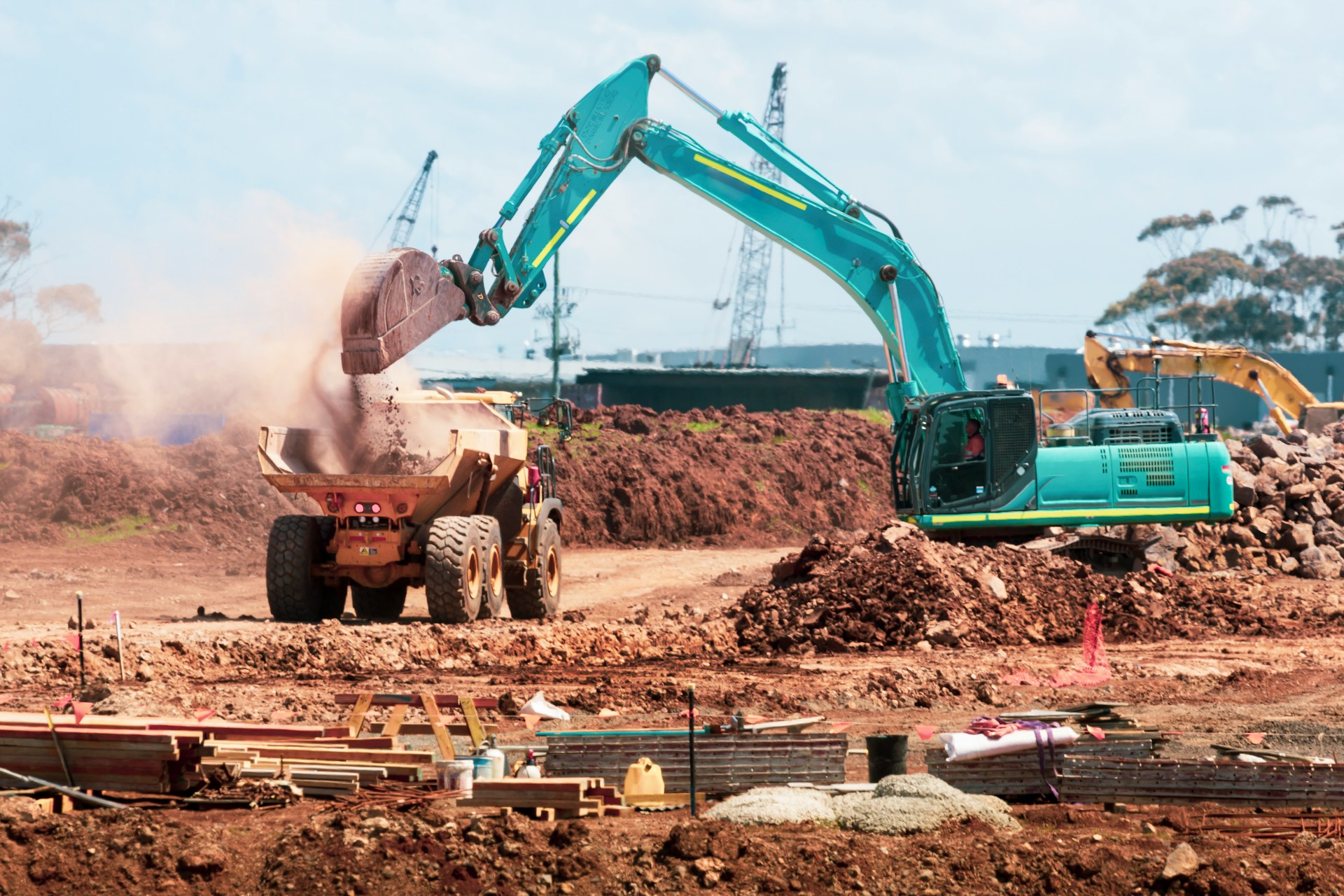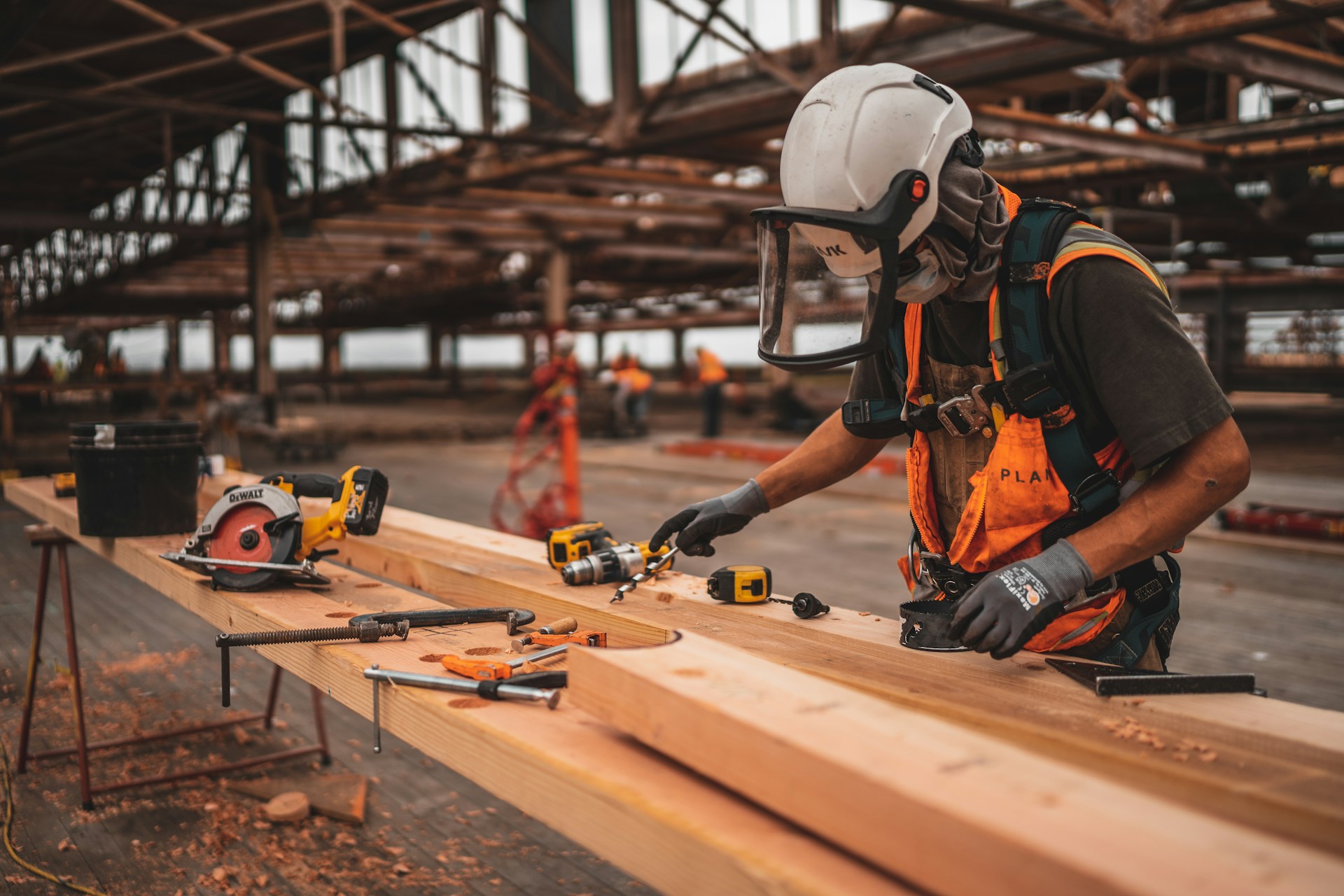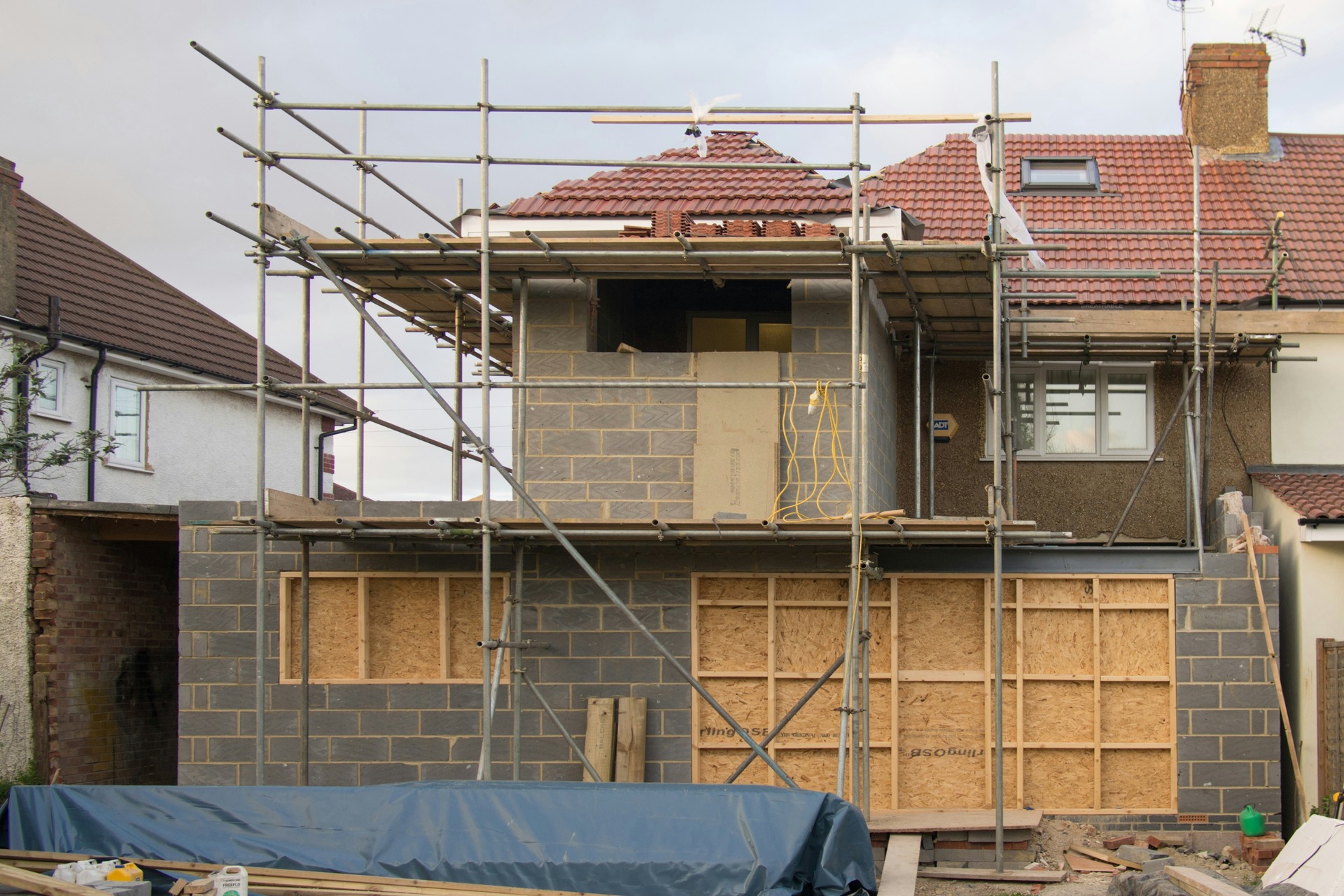
Prioritizing Construction Site Safety
March 12, 2024 - Ellie Gabel
Revolutionized is reader-supported. When you buy through links on our site, we may earn an affiliate commission. Learn more here.
Construction site safety must be a top concern during projects of all sizes and types. Although many work areas have inherent risks, that doesn’t mean they’re perpetually unsafe. However, everyone must collectively act to minimize the threats and increase the chances of work completion without accidents.
Create a Site Safety Plan
People must understand the present risks before determining how to maintain construction site safety. That’s why a good first step is to work with all relevant parties to make a site safety plan.
Begin by assessing all areas and their associated threats. Those could include:
- Machinery-based risks
- Slips and falls
- Toxic or hazardous substances
- Work performed at heights
- Ergonomic risks
- Electrical hazards
Effects on the Person Affected By the Risk
Next, people must identify the consequences associated with the risk as:
Insignificant: Causing only minor injuries that do not cause physical limitations and require no medical treatment other than first aid.
Minor: The person’s injury causes no lost time but requires temporary light-duty assignments and medical treatment.
Moderate: An injury requiring multiple-day hospital stays and lost work days but causing no permanent disabilities.
Major: This category is for a serious injury that results in a hospital stay and causes permanent impairments or disabilities.
Catastrophic: Fatality occurs
When people do this part of the safety plan, they often consider the associated financial impacts, too. For example, if someone gets severely hurt, would that incident also cause construction delays and financial losses?
Likelihood Levels
After that, people should continue their assessments of construction site safety by determining the likelihood of a certain risk, according to:
Frequent: Virtually certain to occur and will regularly under normal circumstances.
Likely: Expected to occur at some time during the construction project.
Occasional: Could happen at some point during the work.
Remote: An event not likely to happen under normal circumstances.
Improbable: Rare and only likely in extreme circumstances.
Preventive Measures
Eliminating risk is not feasible, but people should do the next best thing by applying appropriate preventives to reduce the likelihood of each risk. These measures vary depending on the specific risk. However, they could include:
- Requiring people to wear personal protective equipment
- Creating clear workplace procedures and requiring adherence
- Installing barriers, signs and other visual reminders
- Holding frequent training sessions
- Establishing effective communication practices
- Encouraging workers to report safety concerns
Keep Construction Equipment in Good Condition
When construction equipment is well maintained and working as expected, it’s much less likely that machinery could reduce the overall construction site safety. Train workers to check specific things before and after using equipment. Post checklists they can follow to form good habits and ensure nothing gets overlooked.
Sometimes, construction site safety becomes slightly more complicated to achieve because the companies overseeing the work only have older equipment that may be riskier to operate than newer models. After all, many of the latest options have built-in safety features to greatly reduce the chances of collisions, tip-overs and other unwanted events.
If upgrading the construction site’s current equipment is not financially realistic, people should consider an accessible alternative by leasing the necessary machinery. This option allows individuals to spread the equipment cost over time while benefiting from new technologies.
Use Technology to Improve Construction Site Safety
Many tech vendors offer specific solutions tailored to construction site safety. These products can fill visibility gaps caused by the reality that humans can’t be everywhere — and see everything — at once.
For example, many site managers use drones for enhanced monitoring, finding that option increases safety. The drones can capture images and video footage of potential safety risks, showing supervisors which weaknesses to target. Drones’ aerial perspectives also help people spot issues they’d otherwise not notice.
In another case, a Massachusetts-based construction company decreased its total recordable incident rate by 25% after deploying a strategy that used data analytics and artificial intelligence. That effort eventually resulted in a machine learning model with 50 factors correlated with safety-related outcomes.
Anyone thinking about using technology to create a safer construction site should start by thinking about what they most want to achieve and how they would measure such progress. They can use that information to set goals and begin working toward them. They should also keep a balanced perspective by realizing no technology can become a magic fix.
The most reasonable approach is to treat technology as something to supplement human oversight. Whatever gets implemented probably won’t work perfectly, but it could help people notice risks and address them faster than they otherwise could.
Be Aware of Weather-Related Risks
Many construction jobs require people to be outside or in largely uncovered areas for hours. Such conditions can increase the danger of weather-related complications that can worsen with particular seasons.
Site managers must understand those threats and work to mitigate them. Sometimes, the most effective actions relate to ensuring workers have and use the right clothing. A smart tip is to suggest people dress in layers so they can easily adapt to the changing weather.
Another straightforward risk mitigation strategy is to schedule frequent breaks for people exposed to the elements. Supervisors and colleagues should also learn to spot the signs of temperature-related stress in others since the people experiencing the symptoms don’t always notice them in time.
Storms can compromise construction site safety efforts, too. Consider how, in December 2023, construction businesses in Queensland, Australia, received advice on how to close sites before anticipated extreme weather hit the area.
Since severe weather can hit areas quickly, site supervisors should have clear, detailed plans on how to evacuate workers and provide shelter for them. They must also assess whether storms could have long-term impacts or will likely pass soon. Evaluating each event on a case-by-case basis will help people make the most appropriate decisions under pressure.
Maintaining Construction Site Safety Takes Effort
These are some of the many ways people can work together to keep construction sites safer. Succeeding in these efforts will reduce accident rates and help people feel more confident about showing up to work each day.
Everyone involved must also realize that keeping construction sites safe requires ongoing work and awareness. The job is never wholly done, so people must always look for ways to accomplish continuous improvement.
Revolutionized is reader-supported. When you buy through links on our site, we may earn an affiliate commission. Learn more here.
Author
Ellie Gabel
Ellie Gabel is a science writer specializing in astronomy and environmental science and is the Associate Editor of Revolutionized. Ellie's love of science stems from reading Richard Dawkins books and her favorite science magazines as a child, where she fell in love with the experiments included in each edition.






